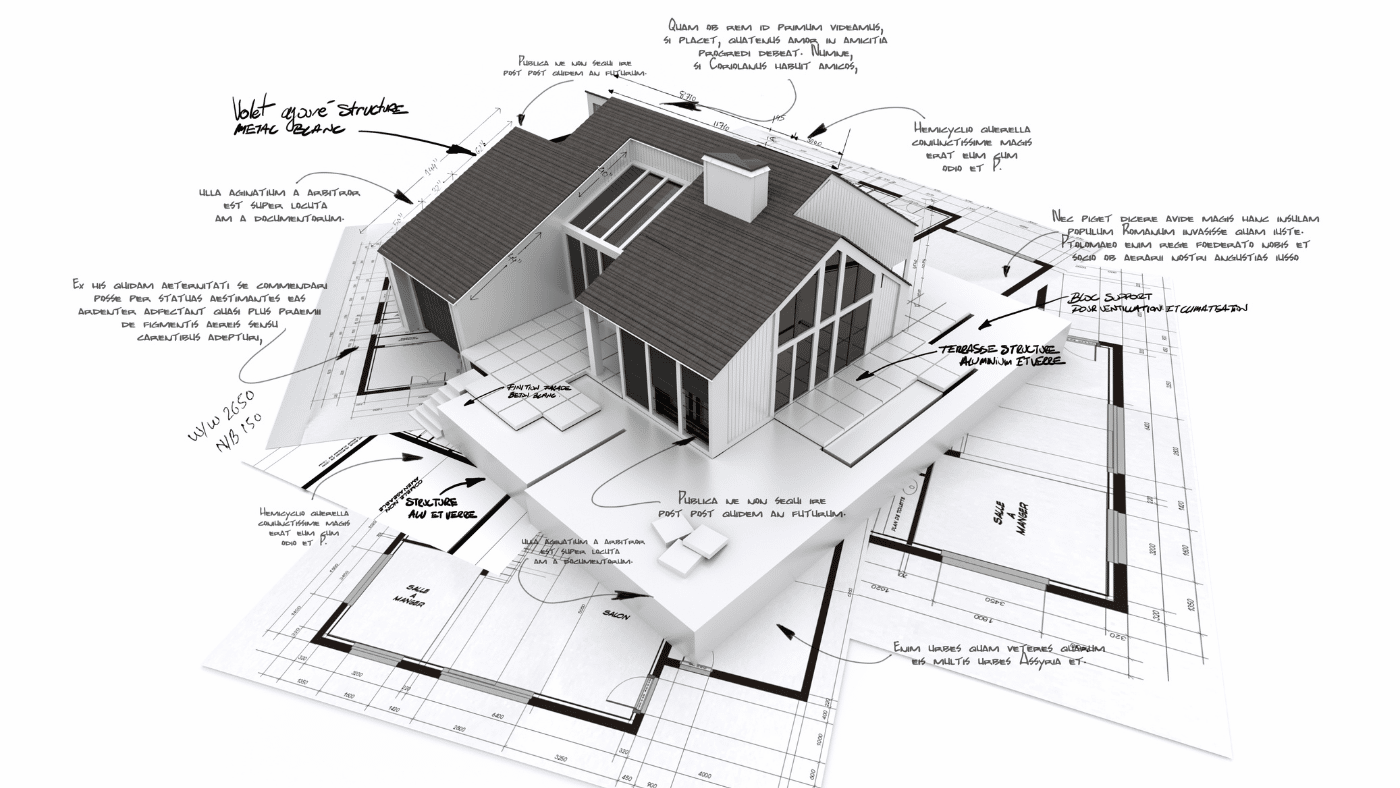Why It’s Taking So Long and How to Fix it
The introduction of Building Information Modeling, or BIM, and 3D modeling tools to the construction industry marked one of the most significant advances in the field in decades. For the first time, it became possible to integrate the various disciplines and phases of projects, from designers to contractors, conception to construction. Integration of these technologies however has been significantly slower and less widespread than some would have expected or desired.1,2
This post investigates the reasons behind the reluctance to integrate BIM and 3D modeling solutions thus far and what can be done to increase the pace of adoption across the industry.
The Imperative to Move to Digital in Construction
While the industry is widely known to be slow to adopt new technologies, it is also one of the least digitized3. This is troublesome considering how large and vital a component of modern society it is.
- GDP from Construction in the United States averaged 639.20 USD Billion between 2005 and 20224.
- In 2021, Construction in the United States represented 4.2% of total U.S. GDP5.
Of further concern:
- Large projects across asset classes typically take 20% longer to finish than scheduled and are up to 80% over budget3.
- Construction labor productivity has not kept pace with overall economic activity since the 1990s3.
- Over 60% of major capital programs fail to meet cost and schedule targets6.
- 30% of construction cost is rework6.
For these reasons, it is imperative the industry adopt technology innovation like BIM to increase the efficiency of projects. Feasible ways to achieve this objective include decreasing costs via time and labor, and increasing productivity via increased collaboration and coordination. Both BIM and 3D modeling tools provide effective methods to support these improvements.
What is Holding the Industry Back and What Will it Take to Change It?
Reasons for lack of adoption vary, but one major roadblock is the shift in the dynamics between all disciplines involved in a project that the technology creates when compared to classical construction approaches. A shift in the type and degree of responsibilities, effort and time and compensation has left many to default to classical design and construction practices.
To change this, up-front unanimous coordination of all parties is needed to ensure an efficient project lifecycle. No one wants to be first, so many parties remain at a standstill, because doing so alone would be largely inefficient and costly, in an industry with already relatively tight margins7.
To accelerate the utilization of BIM and 3D modeling software, a fundamental change in the dynamics of compensation must take place, so that Design Consultants receive greater compensation. Based on the shift in the work burden, Architects/Designers will receive the greatest delta compared to historical metrics, and Contractors will receive less relative compensation. The reasons for this are two-fold:
- First, to utilize industry standard BIM software such as Revit to its fullest extent, the Architect or Designer must create extensive, quality, and complete models so that design and construction consultants can perform calculations within the software. This includes HVAC calculations, structural analysis, energy analysis, takeoffs, etc.
- Secondly, design consultants must perform a larger amount of work when modeling in 3D, compared to 2D, and are forced to create a more constructible design. By modeling in 3D, the consultants, if performing properly:
- Effectively create coordination plans, and composite shop drawings, which traditionally have been the contractor’s responsibility.
- Eliminate virtually all coordination issues between trades.
- Create drawings which allow for simple material takeoffs directly within the model, effectively creating bills of materials.
- Theoretically eliminate, but truthfully minimize the effort required to create as-built drawings, a responsibility of the contractor.
This is a major shift in responsibilities and for this reason, requires a significant change in the dynamics of project budgets. Without this, as is the case in many current projects, compensation has not been appropriately pulled forward to designers and consultants, leading to incomplete models and suboptimal utilization of the software.
Currently, consultants without complete 3D models will often perform calculations in external software, and contractors will create their own coordination drawings, even on projects that use 3D drafting software. This in turn negatively affects people’s views of the software’s capabilities, as its full usefulness is not on display, leading to further skepticism about its integration and dampening progress.
To combat this, education must take place on an industry-wide basis, as unanimous cross-discipline acceptance of the necessary changes in the relationship dynamics of all parties and the revision of compensation models is one of the most important factors in accelerating the integration of this new technology.
For more information on implementing BIM and 3D modeling to optimize project lifecycle efficiency, please contact abosowicz@vertexeng.com, call 888.298.5162 or submit an inquiry.
Article References:
- Walasek, and Barszcz, 2017 Walasek, D. and Barszcz, A. (2017) “Analysis of the adoption rate of building information modeling [BIM] and its return on investment [ROI]”, Procedia Engineering, Vol. 172, pp. 1,227–1,234.




